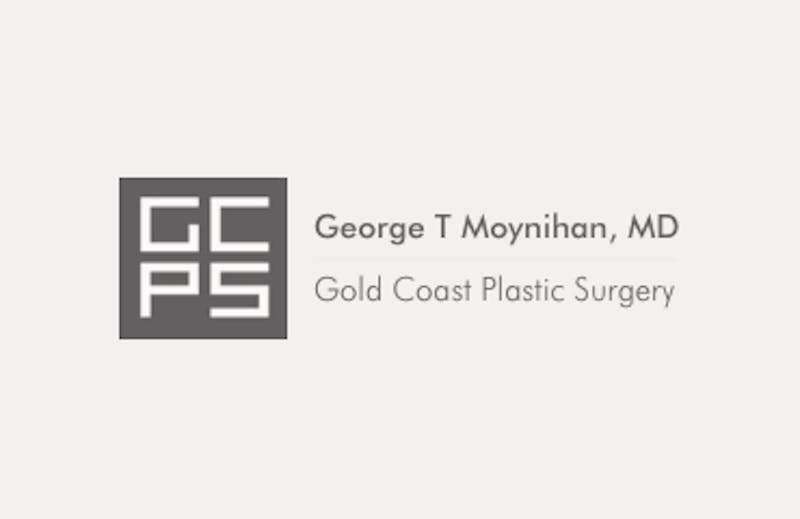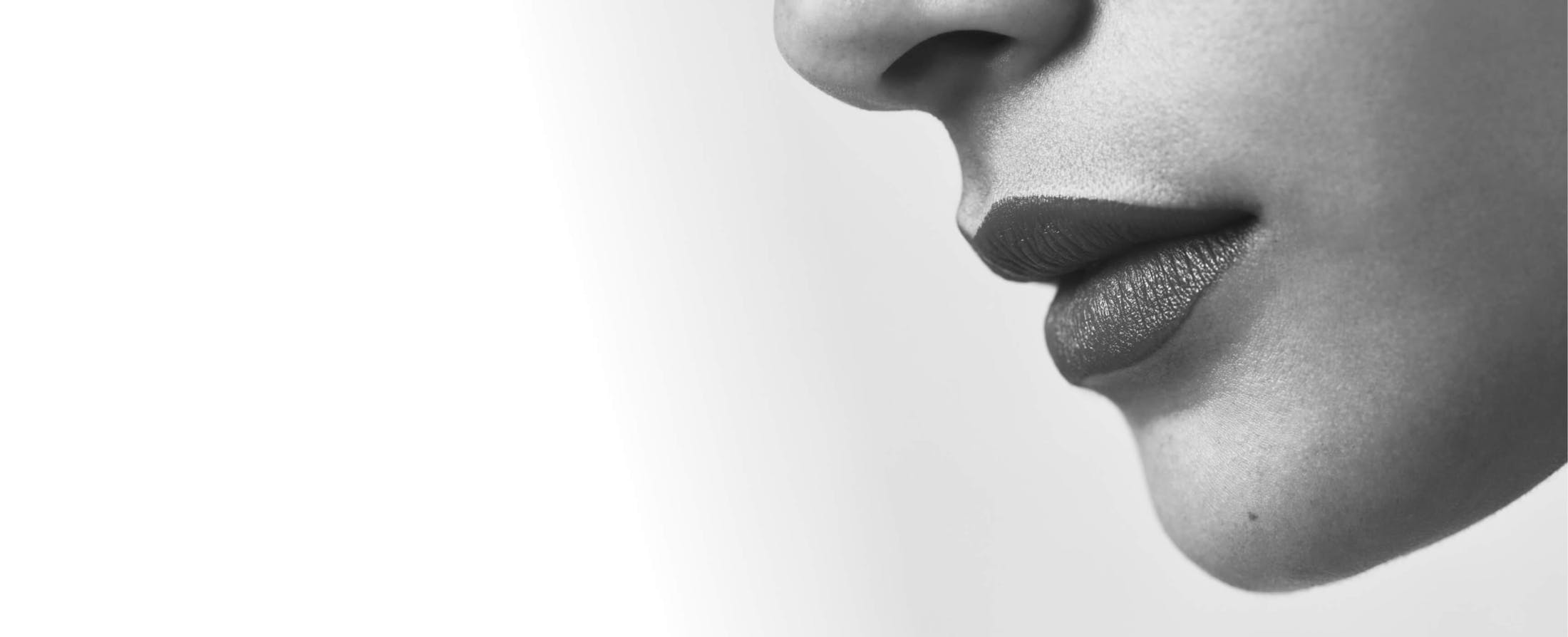
Chemical peels have been a popular non-surgical option for improving such skin imperfections as acne scars and skin discolorations for many years. There are different types of chemical peels, generally distinguished by the chemical used and the intensity of treatment. Whether it’s a TCA peel or other chemical, consultation on TCA peel before and after expectations is strongly advised, particularly for first-time patients. Your initial consultation should be able to give you all the necessary details about the peel and the results you can expect, among other relevant information.
TCA peel in a nutshell
As mentioned above, chemical peels use different types of chemicals, usually determined by the level of intensity for the peel (light or superficial, medium, and deep). With a TCA peel for instance, it is called as such because of the chemical used for treatment: trichloroacetic acid (TCA). TCA peels, in general, are used for medium-strength peels.
TCA peels can effectively improve such common skin issues as acne scars, facial spots (brown spots, age spots, and sun spots), skin discolorations (especially melasma), fine lines, and wrinkles.
TCA peel before and after: Consultation
During your consultation, it is recommended that you request to see TCA peel before and after photos, just so you will have an idea of what you can expect from the treatment. It will also help you make a more informed decision on whether or not this type of non-surgical cosmetic treatment is the right fit for you or if another non-invasive option is the better choice. As the doctor discusses with you the peel itself, he can likewise help you determine if a TCA peel will provide you with your desired results.
Remember that a consultation doesn’t necessarily mean committing to the treatment. A consultation is but the initial phase of your skin rejuvenation journey. Your doctor could recommend other non-surgical options (or surgical, if you’re open to it) like a laser skin resurfacing treatment, for instance, if he believes that this is the better choice for you based on your unique needs and goals.
TCA peel before and after: Recovery
After your chemical peel, you will notice that your skin looks “red and raw,” which is a normal reaction from the chemical. Redness should resolve on its own several days after treatment. As the redness gradually fades, you may notice that your skin feels a little tight. This is also common, and it signals that the chemical is working.
As your skin begins to feel tight, you may start to see top layers of the skin peeling off. During this peeling process, your skin may feel itchy. Avoid scratching the treated areas as doing so could damage the skin, and cause wounding or infection.
You can step outside during the peeling process provided you wear sunscreen. You can also wash your face with a gentle facial wash. Make sure not to apply any strong facial products as this could have adverse effects on the skin, damaging it in the process.
If you notice blisters, persistent redness, or swelling, and if you feel pain in the treated areas, you are strongly advised to return to your doctor for a check-up. It is important to follow your doctor’s instructions regarding TCA peel before and after to minimize risk of adverse side effects and infection.
Consult a facial plastic surgeon for your TCA peel
If you’d like to learn more about TCA peel or determine if it is the right fit for you, please schedule an appointment with Dr. George T. Moynihan at Gold Coast Plastic Surgery. You may call (312) 736-7795. For your safety, comfort, and convenience, you may also schedule a virtual consultation here.


